The passage of a bill meant to fight invasive species — and that sailed through the Oregon Legislature in the 2025 session — has led to a backlash so strong it could ultimately dismantle a boating permit system that’s been in place on Oregon waterways since 2020.
A political action committee called “Let Us Paddle” was formed in late July to fight a new law that requires anyone paddling a non-motorized boat, even a small kayak or paddleboard, to have a Waterway Access Permit that costs $20 per year.
The group’s aim is simple: gather enough signatures to get a measure on the 2026 ballot that lets Oregon voters decide if they want to ditch a system that requires permits for human-powered boats.
“We should have the freedom to float our rivers and lakes without another fee or permit tacked on top of everything else,” said Gary Cummings, of Lebanon, who organized a "float protest” that will take place at noon on Aug. 9 at Foster Lake and allow people to sign the petition. “It’s a line in the sand. It’s a way of saying that we’re sick and tired of all the fees, permits, and everything else. Enough is enough. We just want to recreate.”
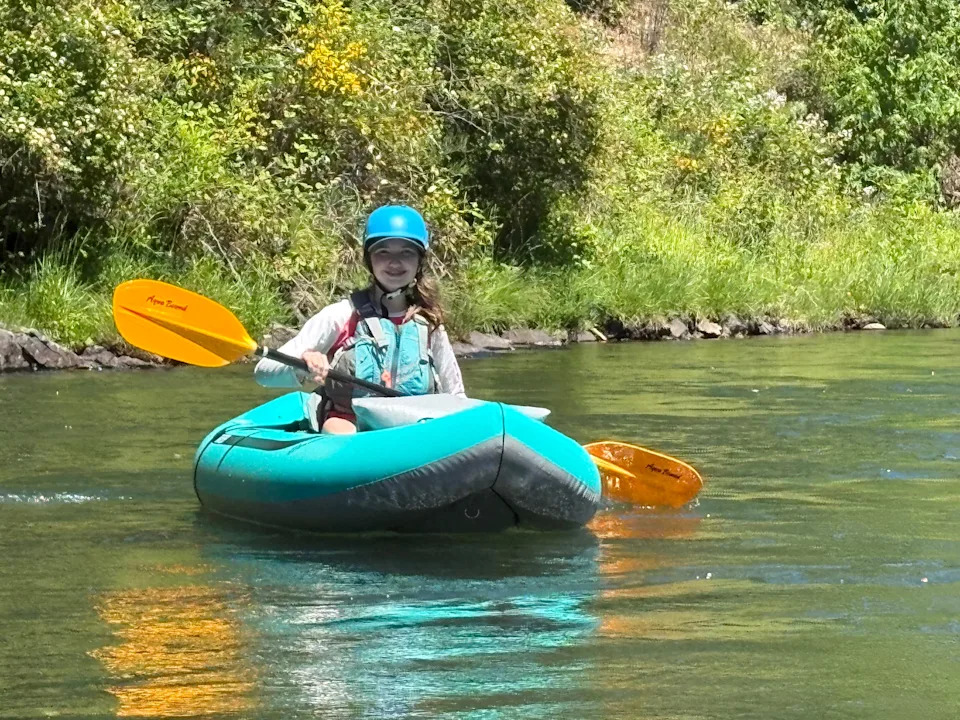
Although sparked by anger at a specific law, House Bill 2982, the movement appears part of a wider frustration at increased fees and permits required to get outdoors in Oregon. The cost of fishing, hunting and visiting Oregon state parks went up this year, even while campsites are harder to get, fishing is often a struggle and permits are required to visit more places than ever.
The law, which creates a situation where cheap boats from places like Costco or Walmart would require a $20 permit, represents “a bridge too far, or the straw that broke the camel’s back,” said Benjamin Roche, of Albany, one of the chief petitioners and a leader of Let Us Paddle.
“Let Us Paddle is about rejecting the notion that you need government permission to dip an oar in your own waters,” he added. “This is about tearing down the pay-to-play barriers that treat recreation as a privilege instead of a right.”
Even the former director of the Oregon State Marine Board, Paul Donheffner, who helped craft the original invasive species permit program, said the new law went too far by including small boats.
“People already have no confidence in state government, and when you do things like this ... it just undermines people’s willingness to comply,” Donheffner told the Statesman Journal. "The unintended consequences are going to make honest people trying to play on the water into lawbreakers."
The Oregon State Marine Board stood behind the new law and waterway permit system, saying it’s a program decades in the making that funds badly-needed facilities for non-motorized boaters while supporting safeguards against invasive species that, once established, could have a major impact on the state’s economy.
What is Let Us Paddle's goal?
The first goal of Let Us Paddle is to get 1,000 signatures on its petition, which gets it an official ballot title. Roche said the group is already well on its way and may reach that number by next week following the float protest at Foster Lake.
After that, it would have until July 2, 2026, to gather 117,173 signatures to get it on the November 2026 ballot.
What sparked backlash after boating bill breezed through 2025 Oregon Legislature?
There was little protest to House Bill 2982 when it was working its way through the Oregon Legislature in the spring.
It swam through committees, the House and Senate with bipartisan ease. Democrats and Republicans voted for it. Outdoor recreation groups supported it. Gov. Tina Kotek signed it into law on June 24.
But after the Statesman Journal reported what the law would do, the backlash started.
Not all parts of the bill were controversial. It includes a fee increase of $3 to the invasive species boating permits for motorized and non-motorized boats. The bill’s goal was to increase funding for boating check stations to stop invasive species that have wrought major economic damage in other states from reaching Oregon waters.
What generated outrage was the bill’s expansion of the types of boats that need a permit.
Previously, only non-motorized boats 10 feet and longer required a Waterway Access Permit. The new bill eliminated the 10 foot language, meaning that beginning Jan. 1, 2026, all small boats, including kayaks, packrafts and stand-up paddleboards, would need a permit. The Marine Board originally said that even two inner tubes tied together would need a permit but later backtracked on that assertion.
Rep. Ken Helm, D- Beaverton, the bill's chief sponsor, didn't respond to questions about backlash but said previously the bill arose from a “serious and growing threat” of aquatic invasive species such as quagga, zebra and golden mussels.
“A broader resource base and support from the diversity of waterway users is needed if we hope to prevent the enormous impacts experienced by other regions, both to the environment and to public access,” Helm wrote in an email in early July.
The new funds will allow keeping the boating checkpoints open longer and throughout the year, and expanding them to high-risk areas like the Owyhee Reservoir, officials said.
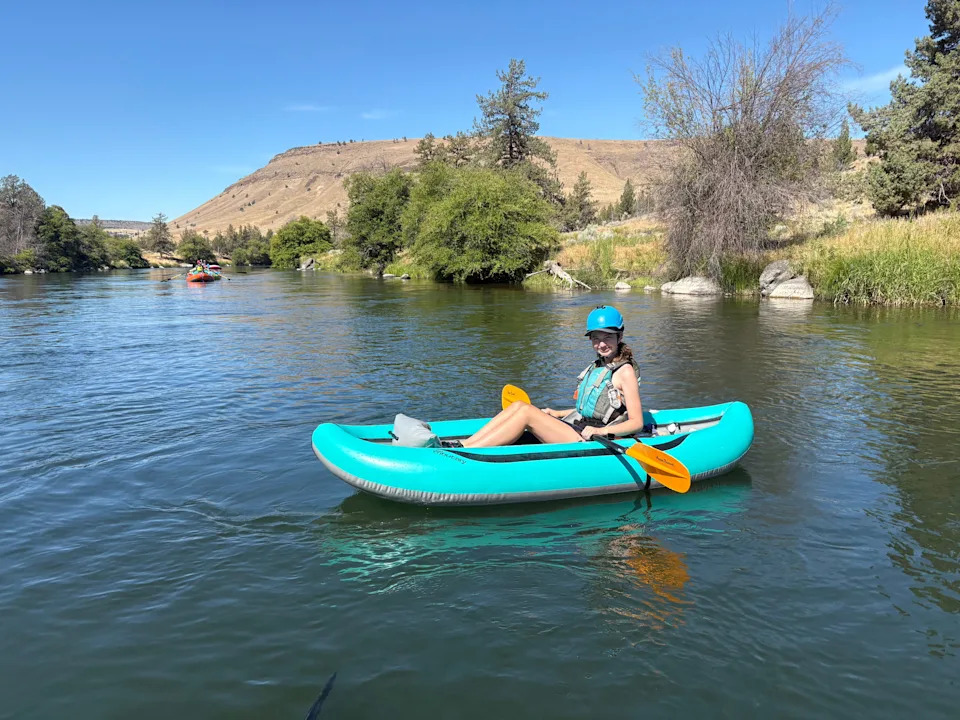
'Worst changes the legislature could possibly have made'
The idea that a cheap inflatable boat from Costco or Walmart would be subjected to a $20 permit inflamed social media.
“This was one of the worst changes the legislature could possibly have made,” Donheffner said. “Changing the law to make it apply to all boats was exactly what I tried to avoid when we first set up the invasive permits. That's why it was 10 feet, so it didn't include a little 8 foot, $39 Sevylor raft that you put your kids in at a lake.”
Donheffner said that when he first heard about the change, he was at Paulina Lake in central Oregon, looking out at people fishing in small pontoon boats that would now require a permit.
“I thought to myself ‘these people are not going to be happy campers when they find out they now have to get this permit,’” he said.
Group targeting Oregon’s wider Waterway Access Permit program
Donheffner didn’t know how right he was.
Instead of targeting only HB 2982, Let Us Paddle is going bigger by attempting to repeal Oregon’s full Waterway Access Permit law.
Passed in 2019, and put into place in 2020, ORS 830.624 requires anyone 14 and older to “carry a waterway access permit while operating a non-motorized boat that is at least 10 feet in length.”
Revenue generated from the permits goes into two places — two-thirds goes into a fund that distributes grants to cities, counties and nonprofits to fund access points and other facilities for non-motorized crafts. The rest goes into a dedicated fund with the aquatic invasive species surcharge on motorized boats, to pay for boat inspection stations that focus on stopping the spread of invasive species.

The Marine Board, which manages the WAP program, said it has distributed $4.6 million since 2020 to non-motorized boating projects, which included projects such as $260,000 for a kayak launch at Coyote Creek outside Eugene and $300,000 toward ADA boating access in Bend.
“The demand for more boat access continues to exceed available funding,” Marine Board spokeswoman Ashley Massey said. “We hope that boaters see the benefit through access development and improvements plus the expansion of boat inspection stations to help protect our waterways.”
Oregon boating permits amount to a "paddle tax," group says
Roche, one of the leaders of the Let Us Paddle, said that among opponents of the new law, there was a belief that the entire Waterway Access Permit system was an “overreach.”
He noted that non-motorized boats are unlikely to transmit invasive species — raising the question of why non-motorized boaters should pay into a system for boating checkpoints. He added that there are better ways to fund boating access than a $20 permit.
Cummings, the float protest organizer, said he looked through programs funded by WAP grants and wasn’t crazy about what he found. While plenty has been spent on facilities such as docks and parking, tens of thousands has been spent on studies and sent to nonprofits for educational safety videos, summer camps and paddling programs.
“What are we really paying for with this program?” Cummings said. “I don’t stand behind the program and I don’t need the government taking my money and putting it where they see fit.”
Roche called the permits a “paddle tax.”
“It’s time to repeal this bureaucratic overreach and restore free, unfettered access to the waterways that belong to all of us,” he said.
Oregon State Marine Board defends program: "10 years in the making"
On Aug. 5, the Bend Parks and Recreation Department celebrated the opening of its new ADA non-motorized boat launches. The facility will help disabled and able bodied visitors get into boats and float the Deschutes River from Miller’s Landing Park.
The facility also includes a transfer bench, maneuver area and a new life jacket loaner station. It was made possible because of $300,000 in grant funding from the Waterway Access Permit program for construction and another $17,042 for a feasibility study.
“This is a fantastic example of where non-motorized waterway access permit dollars are invested in access and infrastructure,” Massey said.
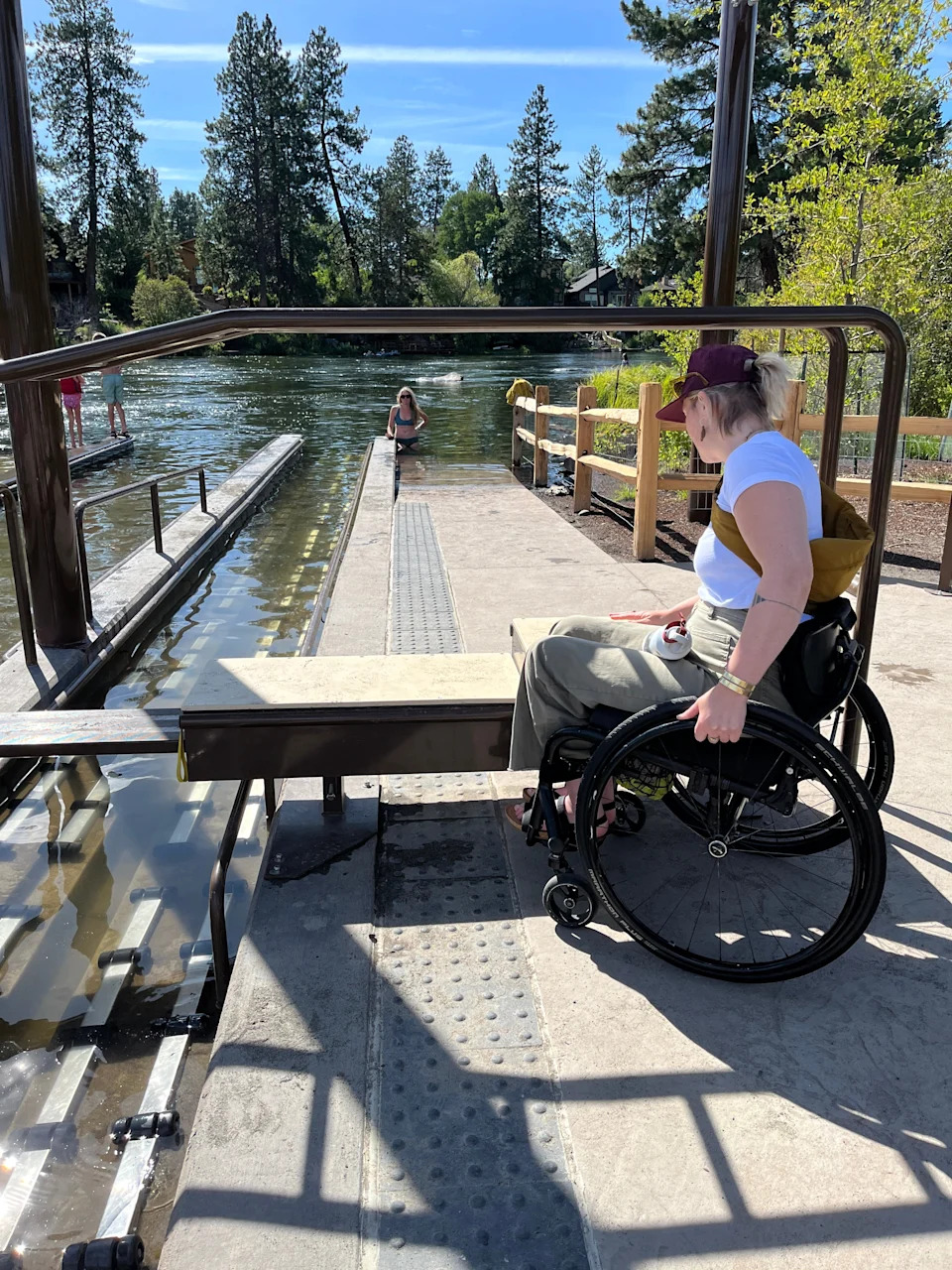
Massey also noted the Waterway Access Permit program was decades in the making.
For years, the Marine Board focused on serving motor boaters. The WAP came about because of the rapidly rising number of kayakers and paddleboarders wanted better facilities, officials said.
“What everyone could agree on was the need for more access, and access specifically for paddlers since their needs in accessing the water vary from motorized boaters,” Massey said.
By law, money from WAP permits can only be spent for boat inspection stations and waterway access grants.
Massey encouraged people to “check their work” by looking at how the money is spent on the Marine Board's Grant History Map (click on the WAG tab) and its aquatic invasive species annual boat inspection report.
Massey said the Marine Board is "uniquely positioned" to meet boaters' needs with trained and credentialed boating facility designers and engineers.
"Boating dollars are only spent on boating-related projects,” she said.
Law of unintended consequences
Roche made clear that Let Us Paddle is serious about its ballot measure. They have bookkeeping, have filed with the Oregon Secretary of State's Office and are ready to gather signatures to allow for a statewide vote they believe could pass in their favor.
“This isn’t a partisan issue and we’re not doing this to make political hay,” he said. “We literally want to repeal this statute. That’s our focus for the next year.”
Massey stressed that both the WAP program, and the new law expanding it, would do good things for Oregonians by protecting waterways from invasive species and continuing to fund boating projects. She also noted that enforcement of the permit system will begin with education and typically results in a warning.
Between 2023 and 2025, marine law enforcement completed 50,269 nonmotorized compliance checks for equipment and waterway access permit requirements. There were 5,073 warnings and 56 citations, which cost $115, issued to those not in compliance, according to the Marine Board.
Also, people can transfer the permit between boats — you don’t need a permit for every different boat.
Donheffner said it wasn't a surprise the new bill led to such strong pushback and could set up a fight over a permit system, leading to less money to fight invasive speices in the long run.
"That's how the law of unintended consequences works," he said. "Sometimes things backfire."
Zach Urness has been an outdoors reporter in Oregon for 18 years and is host of the Explore Oregon Podcast. He can be reached at [email protected] or (503) 399-6801. Find him on X at @ZachsORoutdoors and BlueSky at oregonoutdoors.bsky.social.
This article originally appeared on Salem Statesman Journal: Let us Paddle group aims to dismantle Oregon boating permit system

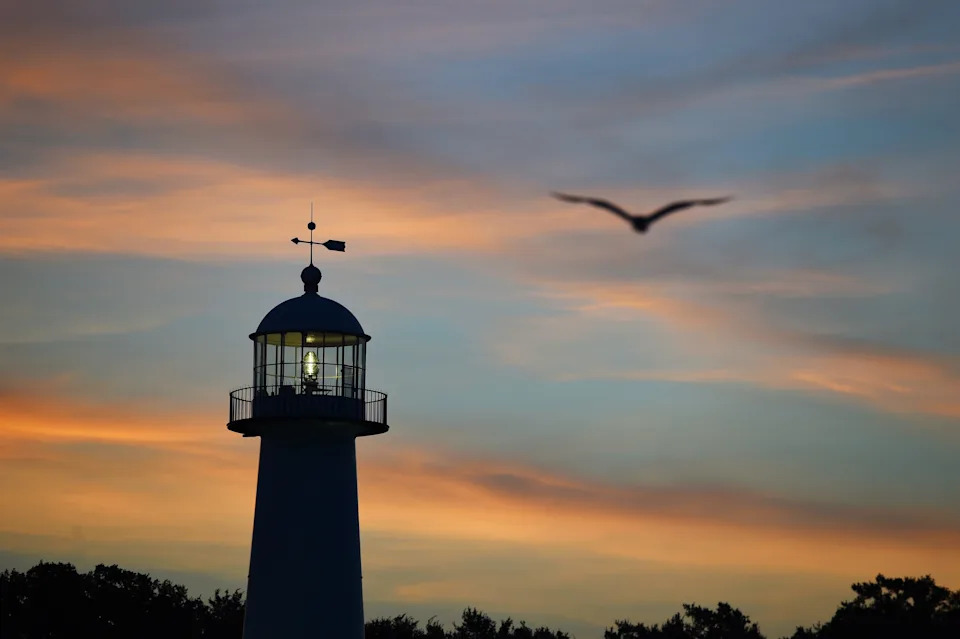



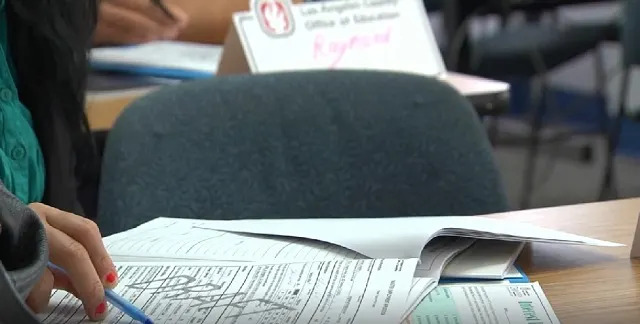


Comments